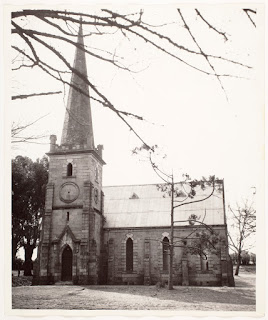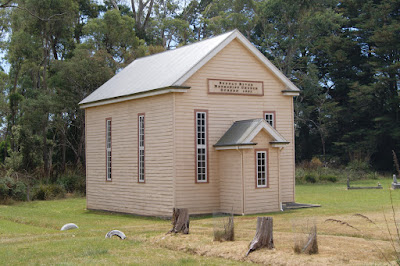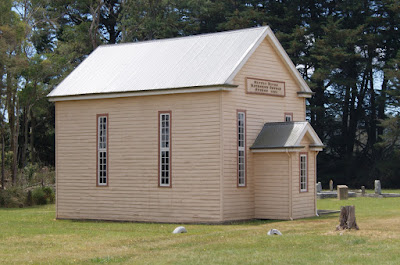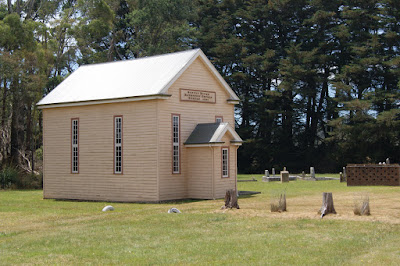Next door to Australia's oldest working theatre, the Theatre Royal built in 1837, there has always been a watering hole. In fact, for most of the 19th century, the Theatre Royal was surrounded by drinking establishments.
On what is now a construction site for the University of Tasmania's new arts precinct was once the Shakespeare Hotel, built in the 1830s. The Shakespeare was demolished in 1970.
On the other side, stands the Theatre Royal Hotel which dates back to the early 1830’s. The hotel has gone through many names and looks, according to Dr Stefan Petrow from the Department of History and Classics at the University of Tasmania. "There has always been a pub on this site with an interesting mixture of patrons," he said.
Built in the area known as Wapping, many early Hobartians regarded the location as a den of iniquity. Prostitutes, seamen and whalers were just some of the characters who frequented the various establishments surrounding the theatre. "The Wapping old wharf area had about 13 pubs up until about 1870," Dr Petrow said.
The only surviving pub of that time is the Theatre Royal Hotel. Originally called The Dolphin Inn, it had a reputation for being cosmopolitan. "The Dolphin really only lasted until 1834 and then it had a new name — the Anthony Dorchester Butt," Dr Petrow said. It is believed the name came from a hotel on the east coast of England. "It was really roaring in the 1850s," Dr Petrow said, adding that the establishment had a reputation for selling some of the best liquor in Hobart Town.


In 1856, the building was sold to an ex-policeman by the name of George Brown who was accused of being an adulterer and believed by some to be unfit as a licensee. "He made extensive improvements to the old Dolphin which was in a very dilapidated condition," Dr Petrow said. Brown changed the name of the establishment and decorated the pub in a London style. Reviews from the time claim the pub was the snuggest house in town, particularly with its emphasis on entertainment. The assessment proved timely as the Theatre Royal began to boom, attracting some of the most popular names in the theatrical world, who usually ended up at the bar next door following their performance.
The next major change for the pub occurred in 1883 when the establishment was taken over by William Langford. By 1888, Langford had changed its name to the Theatre Royal Pub and redecorated it in a Melbourne style to keep up with the trends in interior design.
By 1904 ownership had once again changed, with the building being purchased by George Adams of Tattersalls fame. Despite the rich history of the location, Adams decided to demolish the old pub and build something new which was when the current building came into being.
A report from The Mercury newspaper captured the scene on the last day of the old pub's existence. "The large tribe of bootless Wapping youngsters with bags, old baskets and old crocs storming the place like flies about a carcass picking up and making off with the caged shingles falling from the roof, other bits of woodwork, unconsidered trifles and rubbish." The new hotel was constructed in an Elizabethan style and retained the same name. Adams tried to keep the snug atmosphere, making quite an impression according to accounts of the period.
By 1915, the area once known as Wapping had mostly disappeared and the Theatre Royal Pub entered a new period under the management of Richard Jackman, who was described as a man with a cheery disposition and a jovial approach to his customers. Boxing in the pub became commonplace as did betting of questionable legality.
The ownership of the Theatre Royal Hotel continued to change throughout the 20th century and by 2016 The University of Tasmania had bought the Theatre Royal Hotel for $1.7 million with a view to creating a future social hub for its growing inner-city campus and as such, the Theatre Royal Hotel’s future has been secured and it will continue to serve the thirsty patrons of Hobart for years to come.
Main Text & Information Source –

















































